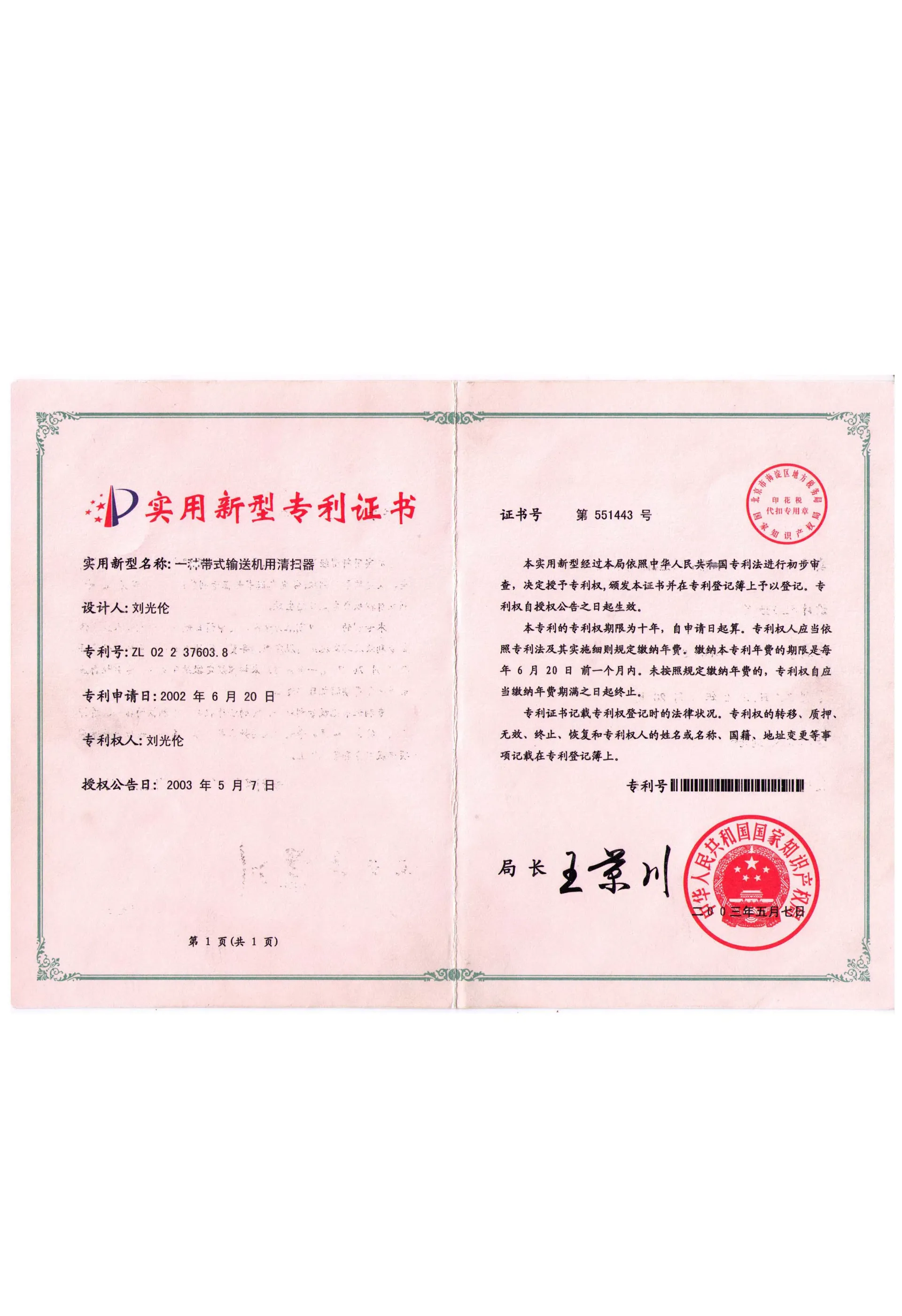 Afrikaans
Afrikaans  Albanian
Albanian  Amharic
Amharic  Arabic
Arabic  Armenian
Armenian  Azerbaijani
Azerbaijani  Basque
Basque  Belarusian
Belarusian  Bengali
Bengali  Bosnian
Bosnian  Bulgarian
Bulgarian  Catalan
Catalan  Cebuano
Cebuano  Corsican
Corsican  Croatian
Croatian  Czech
Czech  Danish
Danish  Dutch
Dutch  English
English  Esperanto
Esperanto  Estonian
Estonian  Finnish
Finnish  French
French  Frisian
Frisian  Galician
Galician  Georgian
Georgian  German
German  Greek
Greek  Gujarati
Gujarati  Haitian Creole
Haitian Creole  hausa
hausa  hawaiian
hawaiian  Hebrew
Hebrew  Hindi
Hindi  Miao
Miao  Hungarian
Hungarian  Icelandic
Icelandic  igbo
igbo  Indonesian
Indonesian  irish
irish  Italian
Italian  Japanese
Japanese  Javanese
Javanese  Kannada
Kannada  kazakh
kazakh  Khmer
Khmer  Rwandese
Rwandese  Korean
Korean  Kurdish
Kurdish  Kyrgyz
Kyrgyz  Lao
Lao  Latin
Latin  Latvian
Latvian  Lithuanian
Lithuanian  Luxembourgish
Luxembourgish  Macedonian
Macedonian  Malgashi
Malgashi  Malay
Malay  Malayalam
Malayalam  Maltese
Maltese  Maori
Maori  Marathi
Marathi  Mongolian
Mongolian  Myanmar
Myanmar  Nepali
Nepali  Norwegian
Norwegian  Norwegian
Norwegian  Occitan
Occitan  Pashto
Pashto  Persian
Persian  Polish
Polish  Portuguese
Portuguese  Punjabi
Punjabi  Romanian
Romanian  Russian
Russian  Samoan
Samoan  Scottish Gaelic
Scottish Gaelic  Serbian
Serbian  Sesotho
Sesotho  Shona
Shona  Sindhi
Sindhi  Sinhala
Sinhala  Slovak
Slovak  Slovenian
Slovenian  Somali
Somali  Spanish
Spanish  Sundanese
Sundanese  Swahili
Swahili  Swedish
Swedish  Tagalog
Tagalog  Tajik
Tajik  Tamil
Tamil  Tatar
Tatar  Telugu
Telugu  Thai
Thai  Turkish
Turkish  Turkmen
Turkmen  Ukrainian
Ukrainian  Urdu
Urdu  Uighur
Uighur  Uzbek
Uzbek  Vietnamese
Vietnamese  Welsh
Welsh  Bantu
Bantu  Yiddish
Yiddish  Yoruba
Yoruba  Zulu
Zulu conveyor parts
Understanding Conveyor Parts An Essential Component of Modern Industry
Conveyor systems play a crucial role in various industries, including manufacturing, warehousing, and logistics. At the heart of these systems are the conveyor parts, each serving a specific function that contributes to the overall efficiency and effectiveness of material handling operations. In this article, we will explore the key components of conveyors, their functions, and the significance of maintaining these parts for optimal performance.
Key Conveyor Parts
1. Belts The conveyor belt is perhaps the most recognizable part of the system. There are various types of conveyor belts available, including modular belts, roller beds, and fabric belts, each suited for different applications. The choice of belt material impacts the durability and performance of the system.
2. Rollers Rollers are essential for supporting the belt and facilitating its movement. They come in different forms, such as drive rollers, return rollers, and idle rollers. The quality and type of rollers can significantly influence the overall efficiency of the conveyor system.
3. Motors and Drives The motor acts as the powerhouse of the conveyor, providing the necessary energy to move the belt and materials. Drive systems can be direct or indirect, depending on the design of the conveyor. Selecting the right motor and drive system is crucial, as it affects the speed and load capacity of the conveyor.
4. Idlers Idlers are found along the conveyor's return path and serve to support the belt, reducing sagging and maintaining tension. Properly functioning idlers are vital to prevent belt misalignment and ensure smooth operation.
conveyor parts

5. Frame The frame is the structural component that supports all other parts of the conveyor. Frames can be made from various materials, including steel and aluminum, and their design must accommodate the specific requirements of the application, such as the weight of the materials being transported.
6. Sensors and Control Systems Modern conveyor systems often integrate advanced technology, including sensors and control systems, to enhance automation and improve monitoring. These technologies allow for real-time tracking of inventory, automatic adjustments, and predictive maintenance, thereby increasing operational efficiency.
Importance of Maintenance
Maintaining conveyor parts is vital for ensuring the longevity and reliability of conveyor systems. Regular inspections can identify wear and tear, allowing for timely repairs or replacements. Lubrication of moving parts, adjustments to belt tension, and cleaning of rollers are just a few routine maintenance tasks that can prevent unexpected breakdowns.
Neglecting maintenance can lead to significant downtimes, decreased productivity, and increased operational costs. Therefore, implementing a comprehensive maintenance program is essential for any business reliant on conveyor systems.
Conclusion
In conclusion, understanding the various conveyor parts and their functions is essential for anyone involved in industries relying on material handling. From belts and rollers to motors and control systems, each component plays a critical role in ensuring smooth operations. Prioritizing regular maintenance of these parts not only extends their lifespan but also enhances the overall efficiency of the conveyor system, leading to improved productivity and reduced costs. As industries continue to evolve, effective material handling solutions remain indispensable, and a well-maintained conveyor system is at the forefront of this evolution.
-
Revolutionizing Conveyor Reliability with Advanced Rubber Lagging PulleysNewsJul.22,2025
-
Powering Precision and Durability with Expert Manufacturers of Conveyor ComponentsNewsJul.22,2025
-
Optimizing Conveyor Systems with Advanced Conveyor AccessoriesNewsJul.22,2025
-
Maximize Conveyor Efficiency with Quality Conveyor Idler PulleysNewsJul.22,2025
-
Future-Proof Your Conveyor System with High-Performance Polyurethane RollerNewsJul.22,2025
-
Driving Efficiency Forward with Quality Idlers and RollersNewsJul.22,2025





























